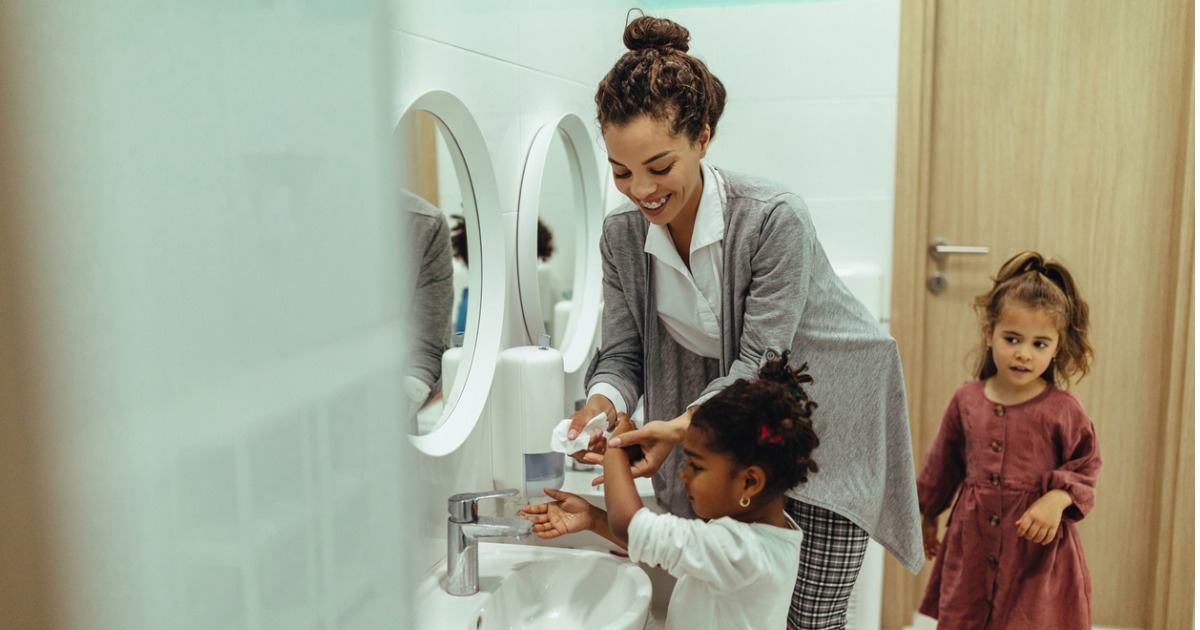Centers for Disease Control and Prevention Releases Reopening Guidance for Child Care Providers

Earlier this week the Centers for Disease Control and Prevention (CDC) released updated and expanded interim guidance as more child care providers begin reopening. This follows guidance from April for child care programs that remained open to care for children of essential workers.
For all child care programs the CDC recommends additional considerations to limit the risk of COVID-19 exposure to child care providers, children, and their families. This includes:
- Promoting social distancing strategies;
- Promoting healthy hygiene practices for children and staff;
- Intensifying cleaning and disinfection efforts;
- And modifying drop off and pick up procedures to include screenings and limit outside visitors.
In this week’s guidance the CDC outlined three “steps” of reopening based on the local levels and spread of COVID-19. Step one is for areas with the highest prevalence of infection, which the CDC suggests that only providers caring for the children of essential workers remain open. In step two, the CDC recommends expanding care to all children with enhanced social distancing measures. And finally, in step three, providers are able to remain open for all children with social distancing measures. Additionally, the CDC stresses the importance of providers remaining in close contact with state and local health authorities to respond to their unique local context of infections.
No matter the step, the CDC has recommended that all child care programs are:
- Keeping the same group of children and adults together and limiting the mixing of children groups;
- Closing, or carefully disinfecting, shared spaces such as cafeterias;
- Spacing out seating and nap areas for children;
- Designating an area for anyone who displays symptoms of COVID-19 during hours of operation;
- Canceling or postponing all field trips, festivals, and large gathers;
- Restricting nonessential visitors and volunteers.
The CDC also recommends implementing flexible sick leave and training additional staff in order to maintain safe staffing ratios should staff become sick. Finally, if children or providers are diagnosed with COVID-19 the CDC recommends closing to clean and disinfect the space.
While the guidance is vital to ensuring the health and safety of children and providers, implementing it effectively will be a challenge for many providers and will require additional staff and resources. For instance, in order to meet the healthy hygiene guidance, providers will need appropriate protective equipment, disinfectant, and cleaning supplies. These supplies have been difficult to find in many places and are costly. Additionally, for providers to implement social distancing measures, providers may either need to reduce the number of children they serve or have additional staff to serve the same number of children. Prior to the COVID-19 outbreak, staffing was already a major expense and limits to group size and group mixing will further increase cost. To ensure that they are able to meet the CDC guidance providers will need help securing funding, materials, and staff.
You can read the full guidance from CDC here.
Subscribe to FFYF First Look
Every morning, FFYF reports on the latest child care & early learning news from across the country. Subscribe and take 5 minutes to know what's happening in early childhood education.


